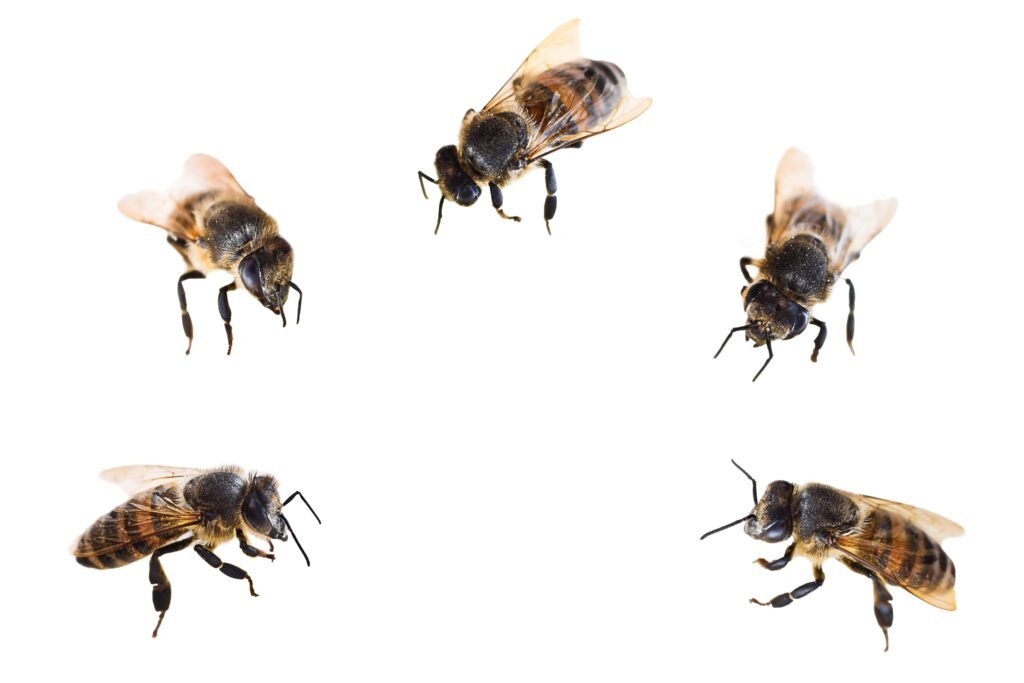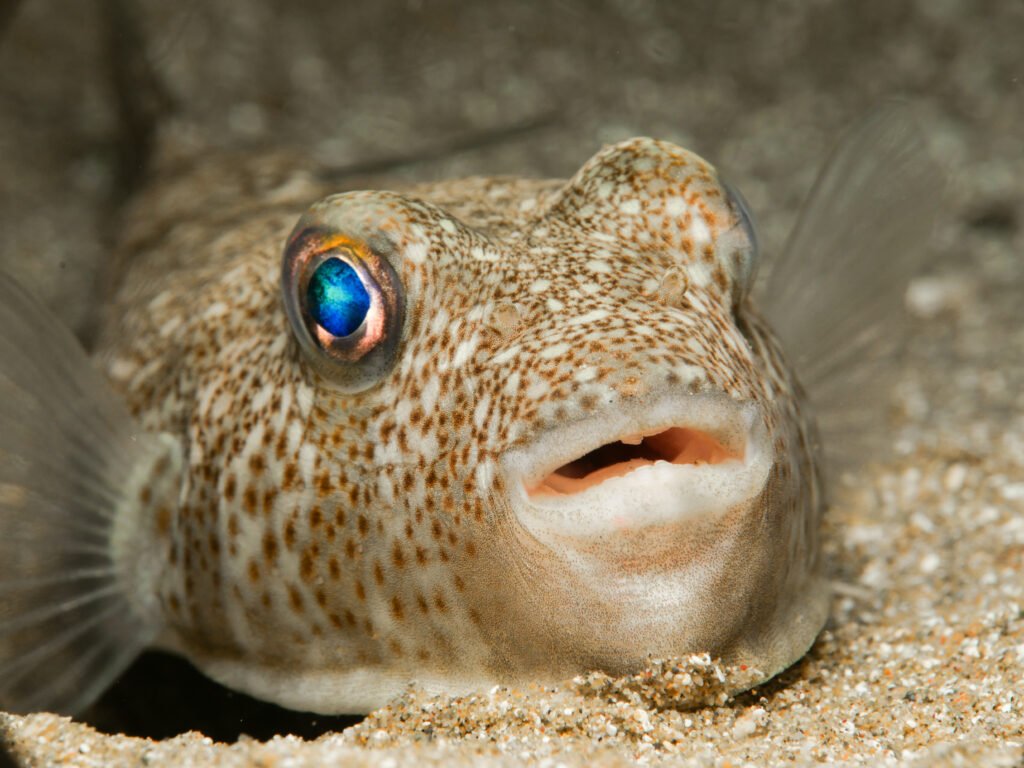Animal behaviors can do strange things! They often do funny, bizarre, or just plain cool things. Let’s look at some weird and exciting things animals do that you probably didn’t know. Animals are capable of incredible feats that will wow you.
1. Dancing Bees: The Waggle Dance

Credit: JulieAlexK
Did you know that honeybees have their own style of dance? When a bee discovers a new source of nectar, it performs a “waggle dance” to alert other bees to its location. This dance involves the bee wriggling its body in a figure-eight motion. The angle and duration of the dance indicate the direction and distance of the food supply from the sun. It’s like a GPS, but cooler!
2. Sea Otters Hold Hands While Sleeping

Credit: wirestock
Sea otters have unique ways of keeping themselves from drifting apart when sleeping: they hold hands! This habit, known as “rafting,” keeps groups of otters, or rafts, together. They sometimes wrap themselves in kelp to keep anchored. It’s a beautiful sight with one of the loveliest peculiarities in the animal realm.
3. Crows Use Tools and Solve Puzzles

Credit: eudial2224
Crows are famed for their intellect, and their tool-use abilities are outstanding. They can bend wires to make hooks, extract insects with sticks, and even place nuts on busy roadways so that cars can burst the shells. Crows can solve complicated puzzles that would baffle other primates. These birds are true problem solvers!
4. Pufferfish Create Intricate Sand Art

Credit: SakisLazarides
A little fish makes lovely sand sculptures in the ocean to attract a mate. Male pufferfish spend days methodically creating circular, geometric designs on the seafloor. Animals use fancy decorations to attract possible mates. These are considered some of the most impressive ways for animals to show their interest in a mate.
5. Elephants Mourn Their Dead

Credit: piccaya
Elephants are known for their high emotional intelligence, and they frequently exhibit indications of grief when a member of their herd dies. They may gently touch the deceased’s bones with their trunks, stand quietly for extended periods, or even cover the body in leaves and branches. This behavior demonstrates their solid social relationships and empathy.
6. Dolphins Give Each Other Names

Credit: Kohanova
Dolphins are highly sociable animals with extensive communication systems. They use distinctive whistles to identify themselves, like calling each other by name. Each dolphin develops its own “signature whistle,” which they may recall for many years, even after separation. It’s like having a custom ringtone in the wild!
7. Lyrebirds Mimic Everything

Credit: wirestock
Lyrebirds are superb mimics, able to duplicate practically any sound they hear. In the wild, they frequently mimic the sounds of other birds. In addition to human voices, they can imitate the sound of chainsaws, car alarms, and camera shutters. Their ability to perfectly reproduce sounds places them among nature’s greatest impressionists.
8. Squirrels Pretend to Bury Nuts to Trick Thieves

Credit: wirestock
Squirrels are cunning little critters, especially when guarding their food. When hiding a nut, a squirrel may pretend to bury it in one spot while hiding it in another if it thinks someone is watching it. This deceitful behavior allows them to protect their food from prospective robbers, such as other squirrels and birds.
9. Octopuses Walk on Two Legs (Sometimes)

Credit: SakisLazarides
Octopuses are renowned for their brains and problem-solving abilities, but they can also walk! When an octopus wishes to blend in with its environment while migrating, it may walk on two of its arms and conceal the remainder of its body beneath things such as shells or pebbles. This strategy allows them to dodge predators while remaining on the go.
10. Prairie Dogs Have Their Own Language

Credit: lithiumphoto
Prairie dogs are little burrowing rodents that have evolved a complex language. They use several noises to convey precise information about predators, such as their size, shape, and color. Researchers showed that prairie dogs can make unique sounds for “tall human in a yellow shirt” or “small, fast-moving hawk.” It’s as though they have their descriptive vocabulary!
Conclusion
Animal behaviors are full of surprises, and these unusual behaviors demonstrate how creative, intelligent, and distinct creatures can be. The natural world continues to astound us with dancing bees and tool-using crows. So, the next time you see an animal doing anything unusual, take a moment to appreciate the intriguing behavior you’re seeing!
FAQs About Quirky Animal Behaviors
Why do sea otters hold hands while sleeping?
Sea otters link hands to prevent drifting apart while they sleep. This behavior, called “rafting,” helps them stay close to their group.
How do dolphins recognize one another?
Dolphins use unique signature whistles, much like names, to identify and communicate with each other.
Can squirrels really trick other animals?
Yes! Squirrels sometimes pretend to bury nuts in one spot while secretly hiding them elsewhere to fool potential thieves.
What makes lyrebirds such great mimics?
Lyrebirds have exceptional vocal skills and can imitate nearly any sound they hear, including chainsaws, camera shutters, and even human speech.
Do prairie dogs have their own language?
Yes, prairie dogs use specific vocalizations to describe predators, creating a sophisticated communication system with detailed warnings.
Do crows really hold grudges?
Yes! Crows can remember human faces for years and may even warn other crows about someone they perceive as a threat.
Why do pufferfish inflate?
Pufferfish puff up by rapidly swallowing water or air to make themselves appear larger and deter predators. Their spiky bodies become even more intimidating when inflated.


1 thought on “10 Incredible Quirky Animal Behaviors That Will Amaze You”